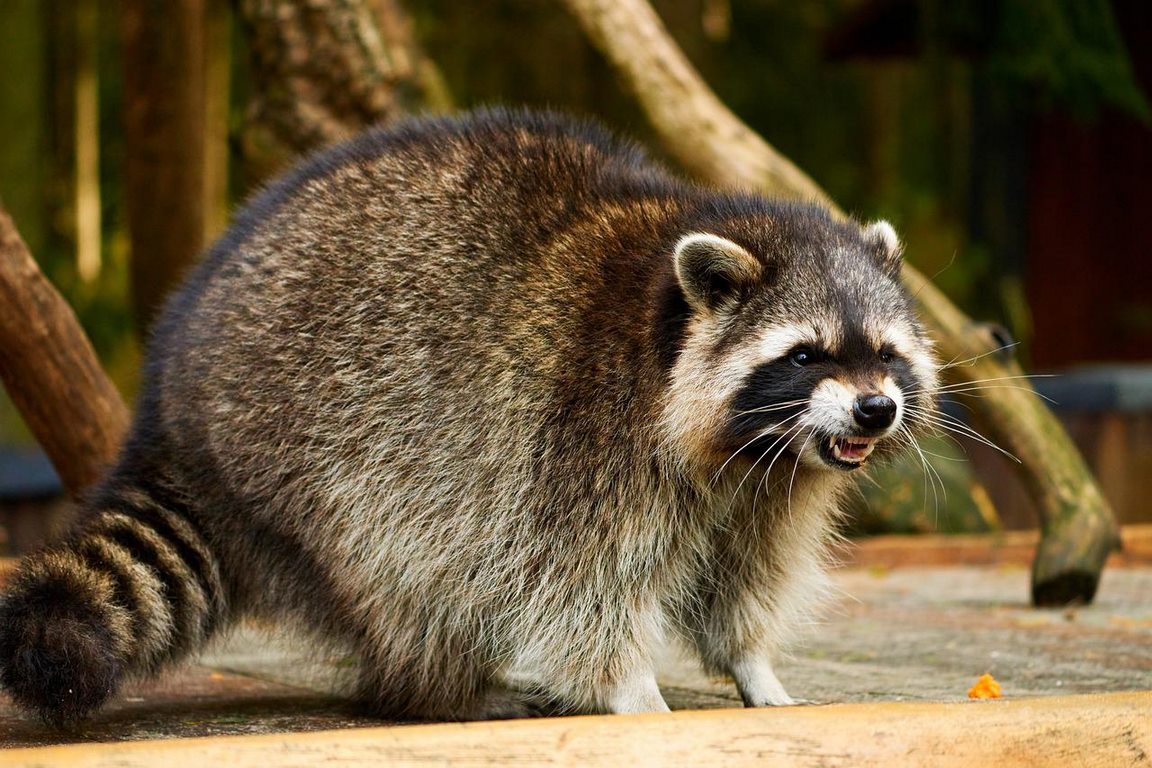What is that noise in the attic? What harm can it do? Well, raccoons or other animals that invade a home’s attic can do thousands of dollars worth of damage.

Worst of all, they can leave animal waste in your insulation, making the attic stink. It is messy and possibly health-threatening to remove insulation that has been saturated with animal urine or feces.
Does a homeowner have the knowledge or time to fight an animal infestation in their attic? Hiring experts might be the best solution.
Raccoons and other wildlife are only looking for a safe place to call home when they invade a house. But how they live can result in thousands of dollars in damage to that house.
As cute as raccoons are, they do not belong in an attic, crawl space, or outbuilding. But, once they’ve moved in, it is hard to get them out and keep them away. Start the process by contacting Animal Control Specialists.
Raccoons look for a safe place to birth and raise their young. They are good climbers and can climb up trees and navigate branches that come close to a home’s attic. Then, they find a way in and start setting up housekeeping.
Once settled in, they are not easy to remove, and even if you get them out, they might keep coming back. A professional animal removal specialist can remove the animals safely and show the homeowner where they are getting in. This point of entry can be sealed and the tree branches near the house can be trimmed back so the raccoons will not be able to get back in.
Read Also:
Raccoons can raise havoc with swimming pools, too. They love to swim in the water. But the problems arise when they defecate while swimming and make the pool unsafe for human swimmers.
The only way to keep raccoons out of swimming pools is to trap them and relocate them far away. This takes a professional. If raccoons have been in a swimming pool, they must be drained, disinfected, and refilled, which is an expensive proposition.
Garbage cans are another favorite place for raccoons to visit. They like to forage for food in trash cans. They get into the garbage cans by tipping them over and spilling the garbage all over. That creates a mess for homeowners to clean up.
Homeowners with this problem can secure garbage can lids with something like bungee cords or garbage can locks, or they can keep the garbage cans in a secure garage until the day of garbage pickup.
Using lights and sound sometimes works to keep raccoons away. Using ammonia on the garbage bags also might help. But, for stubborn and persistent raccoons, a professional should be called.
If you suspect you have raccoons in your attic or crawl space, make a thorough inspection of the home exterior. Look for openings an animal could use. Try to view the openings from the perspective of an animal looking for a den.
When you find possible entry points, loosely block the hole with wadded newspaper. Wait about three days and then check to see if the newspaper has been disturbed. If the blockage has been pushed away, some animal is entering the space.
If there are raccoons getting in, it is important to find out if the mother raccoon has babies. You want the mother and babies to leave, but the babies can’t leave until they are old enough.
That takes a few weeks. Do not try to remove the mother and babies on your own. Call a professional animal control specialist who knows how to move the whole raccoon family to a new location far from your house.
Once everyone is sure all the raccoons are out of the house, it is time to repair any damage and close all the entries. Removing one raccoon and her babies do not prevent other animals from entering the home through the same access point. Cover all possible entries with heavy materials that animals will not be able to chew, such as wire mesh, metal flashing, or sheet metal.
Because raccoon feces can contain roundworm eggs and other health risks, have a professional clean up the mess. If you want to do it yourself, take serious precautions such as those listed by the CDC.
That raccoon might not be the only animal capable of invading an attic or crawl spaces. You might think you have raccoons and actually have some other animal family living in the attic or crawl space. Some possible animal invaders include:
All of these animals can cause considerable damage if not removed and relocated. Some of them will be restricted to crawl spaces or garages. Others can get into the attic, just like raccoons.
If you are not sure what types of animals your unwanted visitors are, call the animal control professionals to inspect the house, find openings, and determine what animal needs to be removed.
Depending on the animal, all they need is a small opening of around 1/4th inch. Some of the places to look for openings to cover are chimney flues, attic vents, roof joints, space around pipes or conduits, dryer vents, damaged wood trim, and foundation joints. Vines climbing up the house or tree branches touching or overhanging the house can help animals reach those openings.
If openings are found, they should be covered or filled so that no animals can get into the house. Part of this prevention program is simple home maintenance. The same openings can affect the energy efficiency of the house.
They can let cold air or moisture get in and damage the home structure. Trimming back overhanging branches protects the roof and home siding from damage during storms as well as deters animals from looking for a new home.